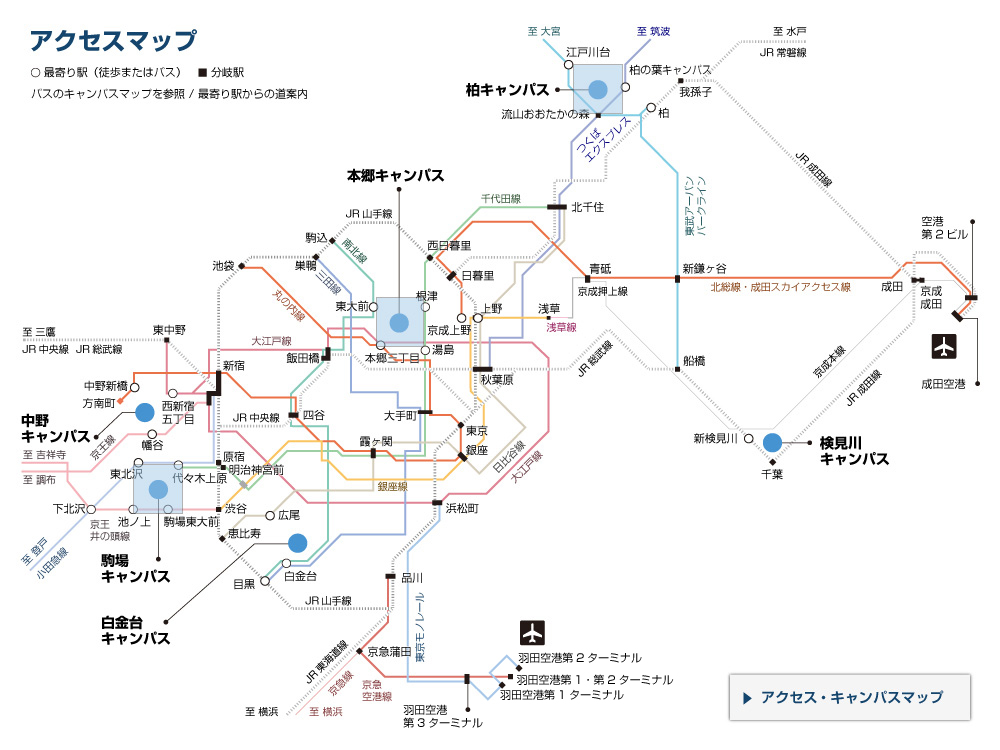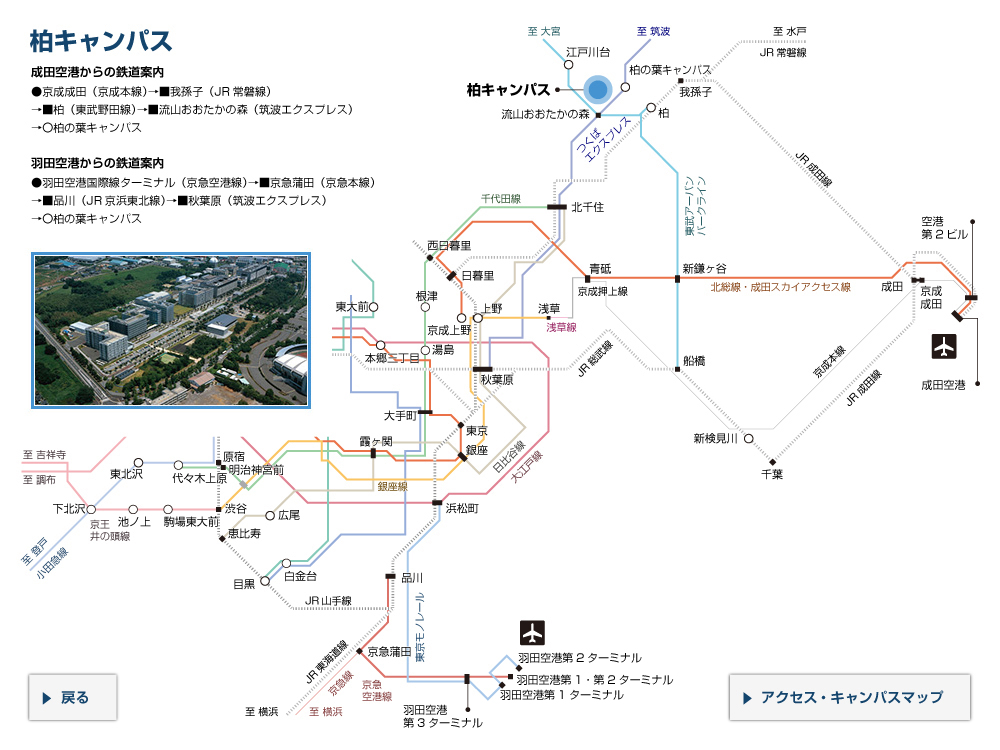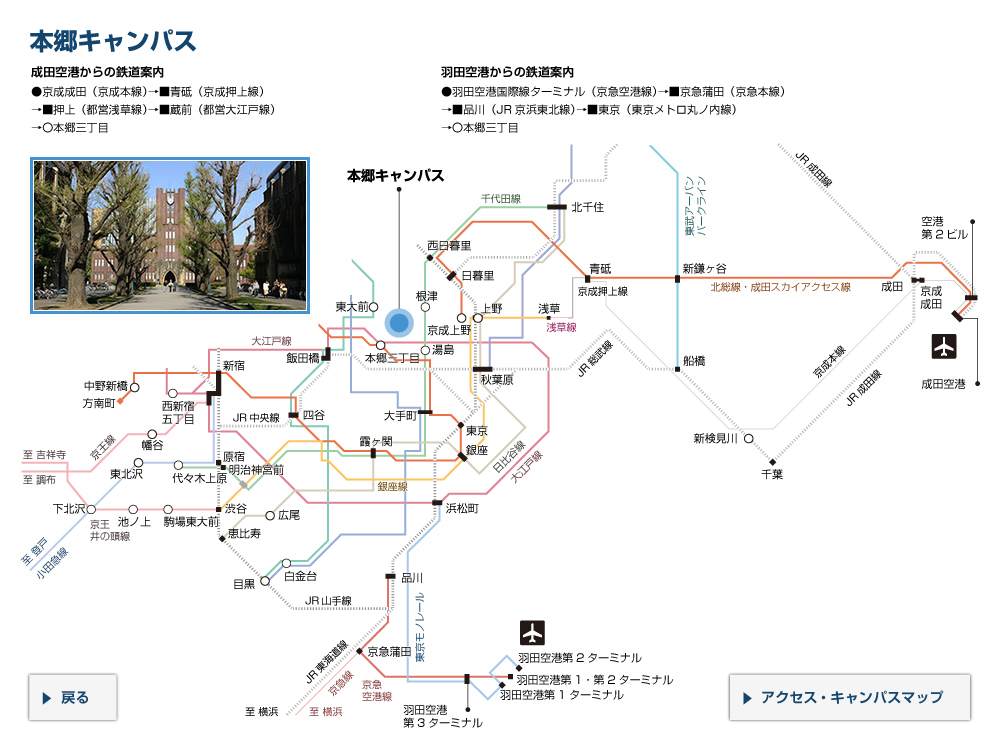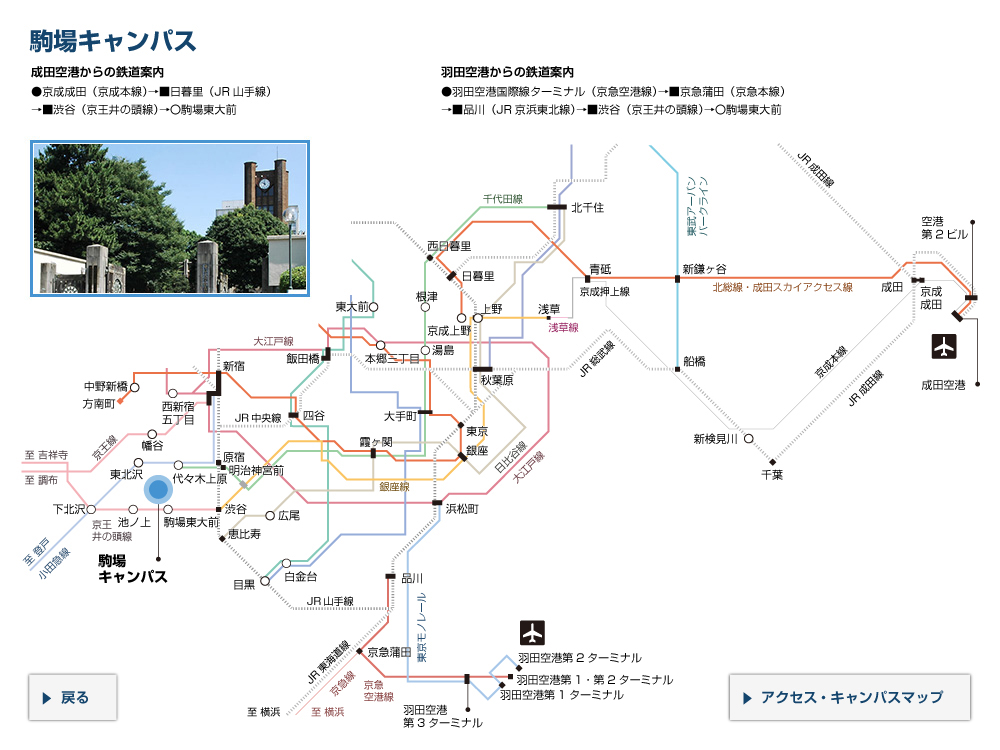平成30年度 東京大学秋季学位記授与式・卒業式 総長告辞
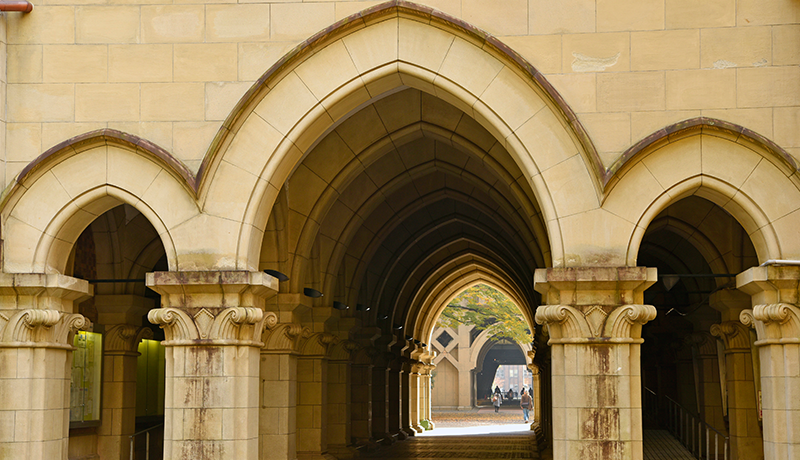

Address by the President of the University of Tokyo at the 2018 Autumn Semester
Diploma Presentation / Commencement Ceremony
Many congratulations to all of you. You have been awarded a doctor’s, master’s, professional, or bachelor’s degree by the University of Tokyo. On behalf of the University, I extend my sincere congratulations. I also congratulate your families, who have supported you through your studies and are present here today to join you in these celebrations.
664 graduate students completed their programs this autumn. There are 274 doctoral degree program graduates, 334 master’s degree program graduates, and 56 professional degree program graduates. 54 undergraduate students have also graduated. Of these, 16 are graduates of Programs in English at Komaba, or PEAK, an English-language undergraduate degree program. In addition, 5 are the graduates of the Global Science Course of the Faculty of Science, an English-language undergraduate transfer program for those who started their study at foreign universities. 462 of our graduating students, or about 64%, come from outside Japan.
As you take your well-earned diplomas in hand, I am sure that many of you are looking back over your days at the university, remembering moments of joy and the challenges you have overcome. Through your interactions with your fellow students and faculty, I imagine that many of you will have experienced the university as a place for creating new knowledge.
From today, you will go out to engage with society as knowledge professionals. Knowledge professionals are those who employ their intellectual capabilities to create new value, through discovering, inventing or generating new ideas. In other words, they contribute to society through the application of knowledge.
Today, I would like to talk about the importance of fostering and maintaining a broad perspective as a knowledge professional.
The twentieth century is often called the century of science. New sciences gave birth to revolutionary technologies that dramatically improved our quality of life and vastly expanded the scope of human activity.
The Hayabusa2 project is one such example. This is a project being carried out by Japan Aerospace Exploration Agency (JAXA), aiming to bring back samples from an asteroid. We recently learned from media reports that the spacecraft Hayabusa2 had reached its target, the asteroid Ryugu, some 300 million kilometers from Earth. There it will collect samples to bring back to Earth which will help us understand the origin and evolution of our solar system. Hayabusa2 has been travelling through space for three and a half years since it was launched in December 2014, approximately the same period of time – two to three years – that many of you have spent at the University of Tokyo. It has finally reached its objective.
The University of Tokyo is deeply involved in this unique project. Professor Seiji Sugita and Professor Shogo Tachibana of the UTokyo Organization for Planetary and Space Science played a central role in developing Hayabusa2’s science instruments such as optical cameras and devices for sampling materials (sampler system).
Ryugu has a diameter of just 900 meters and is thought to have water and organic substances on its surface. Hayabusa2 will use these science instruments to gather samples and data from the asteroid for physical and chemical analysis. These data and samples will give us a deeper understanding of the asteroid’s properties and new insights into the evolution processes of planets and our solar system. I’m also excited to discover what we will learn from this mission.
Some spacecraft are probes like Hayabusa2 that travel far into space. But let’s come back a little closer to planet Earth and think about the many satellites that orbit very close to our home world, gathering and providing all sorts of data. Among them are some that are already essential in our daily lives, such as weather satellites that gather images of cloud cover or GPS satellites that provide us with location information. Observing the Earth from space also gives us a bird’s-eye view of the planet as a whole and a broader perspective on what is happening on the surface. Gaining a broader perspective like this can expand the horizons of our knowledge.
More than 4,000 satellites now circle our planet. In recent years, many organizations have been launching smaller and cheaper observation satellites to low altitude orbits. Professor Shinichi Nakasuka at the Graduate School of Engineering is a leader in this field. His group specializes in extremely small nano-satellites. When using nano-satellites for observation, you lose on resolution somewhat, but you gain greatly on the frequency of observations. Manufacturing time is also much quicker than for a large satellite, so it is possible to build multiple nano-satellites while developing new technologies. Building and launching multiple smaller satellites allows a business to spread the risk involved, making it much easier for private capital to invest in these projects. As a result, there are many such projects already underway. The vast amount of data that these satellites already send back on a daily basis is the typical example of big data. The use of this big data should lead to great developments in fields that would benefit from regular observation from above, such as agriculture and fisheries, or natural resources exploration.
Today, we are continuously gathering all sorts of data, and not just from satellites. With advances in sensor technology, information processing, artificial intelligence and communications infrastructure, the use of big data is becoming an important trend in many fields. But it is important that we deeply understand the meaning of all this data we are collecting. Technology alone cannot tell us if we can make full use of that data. Perspectives from politics, economics and the social sciences are absolutely vital when we make that decision.
We are already living in a big data society. Even so, we often find ourselves drowning in a sea of information rather than obtaining a comprehensive overview of our personal information from a broader perspective. Every day, most of you access all sorts of information through your smartphones and computers, but the information you access is only a tiny drop from the ocean of data that surrounds us. Unless you make a conscious effort, you only seek out the kind of stimulating information that meets your personal interests. As a result, most of us tend to focus on recent information about events that are in some way familiar.
After a while, we also tend to forget information that we once thought was important. The same is true in learning. Specialization of advanced academic disciplines often leads to segmentation. You will not learn of developments in fields outside your specialty if you do not consciously look for that information. Even so, being aware of what is going on in multiple fields does not mean that it is easy to develop a broader perspective on all that information. We need to constantly and consciously hone our sensitivity to what is happening around us to obtain a broader perspective.
Having such a broad perspective is also very important when it comes to understanding “change.” We tend to focus more on sudden and exciting changes, but long-term changes that take place over generations can also greatly affect society. One way of looking at this is to see long-term change as the integral of many daily changes and our responses to them. Consequently, it is important to maintain a broad perspective over a long timeframe in order to succeed.
We are often concerned about whether long-term change will turn out to be desirable or undesirable, but the very idea of what long-term change is desirable or undesirable changes over time. Until recently, achieving economic development was considered the most important priority. Economic development would lead to GDP growth which is desirable in the long term and should in turn lead to a better future. But is this always the case?
Advances in science and technology have greatly empowered humanity. They have also brought unprecedented changes, including global warming and environmental degradation, regional disparities and deepening religious conflicts. These increasingly complex and serious issues are threatening the sustainability of humanity as a whole. As the world’s population continues to grow and we acquire ever greater power, we are forced to confront the reality that our planet is a finite environment. We must now think seriously about how to achieve harmonious development, not just economic development, to head towards a better future on this smaller planet. It goes without saying that we need a broad and long-term perspective that encompasses the whole world if we are going to overcome these challenges.
In 2015, the United Nations adopted the Sustainable Development Goals (SDGs). The SDGs are an action plan for the prosperity of humanity and the Earth. Many of you might be familiar with the SDGs from reports in the media. The SDGs set forth 17 goals with keywords such as “no poverty,” “quality education,” “good health and well-being,” and “climate action.” This clearly shows that GDP is not the only indicator of our future development. All of these goals require long-term commitment on a global scale. Moreover, none can be realized through science and technology alone. We need to develop a broader perspective and understand what safety and peace of mind mean to humanity.
We need diverse approaches to develop a broad perspective. The University of Tokyo has rich and diverse academic resources covering wide range of fields across science and the humanities. It is the ideal place for conducting academic research with such a broad perspective in mind. Contributing to the SDGs is also in line with the University of Tokyo’s spirit of serving the global public. Making use of these goals and the great breadth of the university’s accumulated learning, I want to take concrete action that will contribute to the future of humanity and our planet. Last year, we established the Future Society Initiative (FSI) to coordinate that action. We already have over 180 projects registered with the FSI and which incorporate a broad range of perspectives from the humanities and sciences.
Natural disasters are a major cause of concern for society when it comes to ensuring safety, security and peace of mind. This year alone, a major earthquake hit Osaka in June, heavy rains took the lives of more than 200 in western Japan in July, and many deaths were reported from the heat wave that covered Japan this summer. Just this month, another major earthquake in Hokkaido caused widespread landslides and took many fatalities. I offer my sincere condolences to the victims and their families and hope for a speedy recovery of the affected regions.
Japan is prone to natural disasters. The disaster of a major earthquake can drastically change the very structure of our society and how our country is organized. Coping with such disasters requires tackling issues related to humanity’s safety, security and peace of mind. These issues cannot be solved by science and technology alone.
A major earthquake in the Nankai Trough stretching from Shizuoka Prefecture to Kyushu, is viewed as certain to happen in the not-distant future. For the last 40 years, the government maintained an earthquake prediction policy for the Tokai earthquake. Last year, the government ended this policy, marking a major transformation in Japan’s earthquake and disaster readiness. This was of course major news in Japan. The reality is that for the last twenty years or so, scientists have realized that it is impossible to predict an imminent earthquake. It took society twenty years to catch up.
This twenty-year gap shows that this is a highly complex issue that involves the interplay of society and the varied beliefs, intentions and actions of individuals, and cannot be resolved by science and technology alone. It goes without saying that we need a broad perspective to tackle such issues, a perspective that cuts across the divisions of the sciences and humanities. A long-term perspective, backed up by Japan’s unique experience and long history of recording natural disasters, is also valuable.
Under the Future Society Initiative, the University has created the Collaborative Research Organization for Historical Materials on Earthquakes and Volcanoes to encourage research collaboration between the Earthquake Research Institute and the Historiographical Institute. The organization is gathering and analyzing numerous records of earthquakes and volcanic eruptions found in old records and other historical documents across Japan. These historical documents offer scientific data on the occurrence of these events, but also about how past Japanese society thought about safety, security and peace of mind. Combining this historical knowledge with scientific data from earthquake and volcano research, we can gain a long-term, broad perspective on seismic activity that occurred from historical times to today that will help enhance our readiness to future disasters.
This is just an example of how a broad perspective can help tackle social issues. We can also see in many other fields how the challenges arising from the interaction of technology and society are connected in complex ways.
You all have received degrees from the University of Tokyo today. I hope each of you will actively engage with society as knowledge professionals throughout your lives, and will take the lead in solving such complicated global issues. I hope you will gain a broad perspective that looks to the past and stretches into the future, that reaches around the world and across the boundaries between academic disciplines. I am sure that such a broad perspective will contribute to solving the many challenges that humanity faces while enriching your lives.
You may face tough challenges. You may feel helpless at times. Remember that you can always turn to the University for help. The University of Tokyo will always be with you. Graduation does not mean the conclusion of your relationship with us. Rather, this milestone marks the beginning of a new collaboration. The ties between you and the University will last throughout your lives. I sincerely hope that you will continue to collaborate with the University as we take on new challenges and contribute to creating a better future society for all.
Congratulations!
Makoto Gonokami
President
The University of Tokyo
September 14, 2018
(和文)平成30年度 東京大学秋季学位記授与式・卒業式 総長告辞
本日ここに学位記を授与される皆さん、おめでとうございます。東京大学教職員を代表して、心よりお祝いを申し上げます。また、皆さんをこれまで励まし支えてくださったご家族の方々にもお祝いと感謝の気持ちをお伝えしたいと思います。
この秋、大学院を修了する方は664名で、その内訳は博士課程が274名、修士課程が334名、専門職学位課程が56名です。学部生は54名が卒業を迎えます。このうちPEAKという高校まで日本語以外で教育を受けた学生を対象としたコースの卒業生が16名、また日本以外の大学学部からの編入生を受け入れるグローバルサイエンスコースの卒業生が5名になります。秋季卒業生中、留学生は462名となり全体の約6割を占めています。
皆さんは、本日、学位記を手にされ、学問に取り組んだ日々を振り返り、様々な感動あるいは苦労を思い起こしていることと思います。研究仲間や教員との関わりの中で、知の創造の場としての東京大学というものを実感された方も多いのではないでしょうか。
皆さんはこれから、「知のプロフェッショナル」として社会と向き合っていくことになります。「知のプロフェショナル」とは、発見、発明、創造、創作などの無から有を生み出す頭脳の活動、つまり、知の活動を通じて人類社会に貢献する人材です。
本日は皆さんが「知のプロフェッショナル」として活躍される際に重要となる「俯瞰的な視点」について、お話ししたいと思います。
20世紀は科学の世紀と呼ばれ、その新しい科学から生み出された様々な革新的な技術は、人々の暮らしの質を向上させると共に、人類の活動範囲を飛躍的に拡大させました。
例えば、小惑星探査機「はやぶさ2」のプロジェクトがあります。最近、はやぶさ2が地球から約3億キロ離れた目的地の小惑星「リュウグウ」に到着したというニュースが伝えられました。2014年12月に打ち上げられて以来3年半、皆さんが東京大学で過ごしていた2年もしくは3年間とほぼ同じ期間、ずっと宇宙を旅していた探査機が、小惑星までようやくたどり着いたというのです。
このユニークなプロジェクトには東京大学も深く関わっています。探査機に搭載されているカメラや試料回収システムは、本学に昨年設立されたばかりの宇宙惑星科学機構の杉田精司教授や橘省吾教授が中心となって開発したものです。
これらの機器によって、この直径約900mの小惑星に存在していると考えられる水や有機物に関する情報や集められた表面の物質の物理的、化学的性質についての詳細な情報から、小惑星の性質が明らかになることが期待されています。その結果、小惑星の性質だけでなく、宇宙や惑星の進化プロセスについても新しい知見が得られると期待されています。どんな成果が得られるのか、私もとてもわくわくします。
はやぶさ2のように遠くまで行って小さな惑星を調査する探査機がある一方で、多くの人工衛星が地球の周りを回っていることも思い起こしてみてください。そうした人工衛星から得られる地球上の様々な情報のなかには例えば、気象衛星の雲画像やGPS衛星が教えてくれる位置情報がありますが、それらは既に私達の日常生活に欠かせないものとなっています。同時に、このような宇宙からの観察は、地球を全体として捉えるという、いわば俯瞰的視点を私達に与えるという効果もあります。そしてこのような視点には、私達の知の地平を押し拡げる力があります。
現在、地球を回っている人工衛星は数多く、すでに4000機以上もあるそうです。最近では比較的小型で安価な衛星を低高度の軌道に大量に飛ばし、それを用いて観測を行うという事業が大変活発になっています。この分野のリーダーである工学系研究科の中須賀真一教授のグループは特に超小型衛星の利用をすすめています。超小型衛星では、画像の解像度は多少犠牲になりますが、観測頻度を飛躍的に高められます。また、大型衛星と比べて製作時間が短いため、複数の衛星を作りながら技術開発の段階を踏むことができます。これはビジネスとして進める場合に、リスク分散がはかれるので、民間資本のプロジェクトが参入しやすく、既に多数のプロジェクトが進行中です。多数の衛星から頻繁に送られてくる情報は大量で、典型的なビッグデータです。特に農業や漁業、鉱物資源探査など、上空から頻繁に観察することが有効な分野では、今後、データ利用による大きな産業発展が見込まれています。
衛星からのデータに限らず、現代では多種多様なデータが収集され続けています。センサ技術の進歩、情報処理や人工知能技術の進歩、通信インフラの発達と相まって、こうしたビッグデータの利用が様々な分野で盛んになってきています。しかしながら大切なことは、データの意味についてより深く理解することです。その上でそれを最大限利用することができるかどうかは、科学技術だけでなく、政治、経済、社会科学的な視点の有無が決定的な意味を持ちます。
さて、このような大量のデータを活用する社会に暮らしていても、私達、個々の人間は情報の全体像を俯瞰するのではなく、むしろ情報の海に溺れてしまいがちです。皆さんは日々スマートフォンやパソコンで様々な情報にアクセスしていると思いますが、接している情報は氾濫する膨大な情報のごく限られた一部にすぎません。特に意識をしない限り、アクセスするのは個人の興味を満たし、刺激を与えてくれるようなものに限られます。従って注目されるのは時間的には最近の、空間的にも身近なことに関わる情報に偏りがちです。
また、一時期重大に思えた情報でも、少し時間が経つと忘れられてしまいます。これは、学問においても同様です。最先端の学問の専門化は同時に細分化をもたらします。ですから、自分の専門の外側にある情報は、自ら主体的に求めていかないと手に入れることは出来ません。大量に情報があるからといって、幅広い情報を俯瞰的な視点で見つめるということは簡単ではないのです。俯瞰的な視野を得るためには、日々、感性を研ぎ澄まし、意識して努力しつづけることが必要なのです。
変化の理解という面でも俯瞰的な視野は大変重要です。ともすれば、急に起こる刺激的な変化ばかりに目が行きがちですが、私達の社会は世代を越えた長期にわたる変動にも大きく影響されます。この変動は日々起こる様々な変化とそれへの対応を、長期にわたって積分したものですから、良い結果を得るには長い時間軸を持って俯瞰することが大切です。
長期の変動については、それが望ましいものか望ましくないものなのかということに意識が行きがちです。しかし、長期的な変動について何が望ましいのかという考え自体が、時代とともに変化していきます。例えば、一昔前までは、経済発展がきわめて重要なことと考えられてきました。経済発展により各国のGDPを増大させることが長期的にも良いことであり、その先に良い未来があるのだと言われてきました。
しかし、人類は科学技術の発展を背景として大きな力を獲得しましたが、それによって、かつて地球になかった規模で、変化を自ら引き起こすことになりました。その結果として顕在化しているのが、地球温暖化や環境破壊、地域間格差、宗教対立の深刻化などなのです。これらは、人類全体の持続そのものを脅かす課題であり、ますます複雑さと深刻さを増しています。人口が増え、人間の力が拡大するなかで、地球という空間が限界を有する環境であることを認識せざるを得なくなっています。よりよい未来社会に向かうために、我々は、経済発展だけでなく、有限化した地球、すなわち「小さくなった地球」において、調和のとれた発展を実現するにはどうすべきなのかを真剣に考えざるをえなくなったのです。このような問題に対処しようとするとき、長期かつ全地球規模の俯瞰的な視点が必要なことは言うまでもありません。
2015年に国連において、人間、地球及び繁栄のための行動計画として「持続可能な開発目標(SDGs : Sustainable Development Goals)」が採択されました。最近ではメディアによって紹介されることも増えてきたので、皆さんも良くご存知だと思います。そこで示された17項目の目標には「貧困」「教育」「安全」「気候変動」などのキーワードが含まれており、GDPだけが我々が目指す未来でないことが明確化されています。どれも地球規模の長期的な取り組みを必要とするものです。またどれも、科学技術的視点のみでは解決できません。人類社会の安全安心とは何かを俯瞰的視点で捉えることが必要です。
俯瞰的に捉えるには多様なアプローチが必要です。文理にわたる豊かな学知を備えた総合大学である東京大学は、このような俯瞰的な視点に立った取り組みを研究するために、またとない場所です。また、SDGsは、世界の公共性に奉仕するという東京大学の精神にも合致しています。そこで東京大学として、この目標を活用し、本学が有する総合的な学知を効果的に活用して、地球と人類社会の未来に貢献する具体的な行動へと繋げたいと考えました。そこで、その司令塔として、未来社会協創推進本部を昨年設立したのです。既に、文理を融合させた180を超える多様なプロジェクトが進んでいます。
さて、人類社会の安全安心にとって気がかりなものの一つは自然災害です。今年も6月には大阪で最大震度6弱の地震があり、7月には西日本の豪雨によって200名を超える方が亡くなりなりました。さらに先日北海道で起きた大地震でも多くの方の尊い命が失われました。犠牲となった方々に哀悼の意を捧げるとともに、被災した地域の一日も早い復興を願います。
日本はかくも災害の多い国です。なかでも巨大震災は社会や国のあり方そのものを大きく変えることもあり、その対応をめぐって科学技術だけでは対処できない、人類社会の安全安心に関わる問題があらわれてきます。遠くない将来に南海トラフで巨大地震が起きることが確実視されているなかで、昨年国は約40年間続いていた東海地震の地震予知業務体制を廃止し、地震防災対策の大転換をしました。これは大変大きなニュースになりましたが、実は科学的には約20年前から直前予知は不可能であるという認識が広まっていました。20年経って、ようやくそれを社会が認めたと言うこともできます。
この20年というギャップはこの問題が科学や技術だけでは解決できない、人間や社会が複雑に絡み合う問題であることを示しています。このような問題に対処するには、文理を超えた俯瞰的な視点が必要なのは言うまでもありません。古くからの記録が残る日本ならではの経験に裏付けられた長期的な視点も役立つでしょう。
東京大学では、未来社会協創の活動の一環として、地震研究所と史料編纂所の連携研究を進めるため、地震火山史料連携研究機構を設置しました。この機構では、日本の各地にある古い日記などの古文書(こぶんしょ)に残された、数多くの有感地震や火山噴煙の記録を収集分析しています。古文書には科学的なデータだけでなく、それぞれの時代における社会の安全安心の捉え方について様々な知恵が残されています。このような知恵を近代的な観測に基づく地震・火山研究と組み合わせることによって、歴史時代から現代に至る長期的・俯瞰的な地震・火山噴火活動の実態を解明し、今後の対応に結びつけていくことが期待されています。
いまお話しした、地震とその対応というのは比較的身近なわかりやすい一例です。このような科学技術と人類社会とが複雑に絡み合う問題は他にも様々な分野にあります。
皆さんは本日東京大学で学位を取得されましたが、皆さんには「知のプロフェッショナル」として生涯を通して活躍していただき、このような複雑な問題の解決に先頭に立って取り組んでほしいと思います。ぜひ過去と未来の時間を長く見通し、地球規模まで広く見渡し、学問の垣根をも超える俯瞰的な視野を意識して、人類社会が抱える課題解決に貢献するとともに、それぞれの豊かな人生につなげてほしいのです。時には、壁に突き当たることや挫けそうになることもあるかもしれません。困ったとき、助けが欲しい時にはいつでも頼りにして下さい。東京大学はこれからも常に、皆さんと共にあります。卒業は大学との別れを意味するものではありません。新たな協働の始まりです。一緒によりよい未来社会を作っていきましょう。
ご卒業おめでとうございます。
平成30年9月14日
東京大学総長 五神 真
- カテゴリナビ



